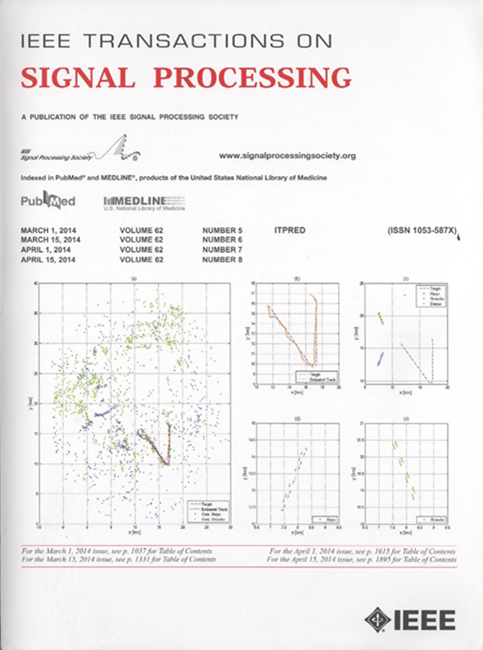混合NOMA-OMA下行系统全局最优最大最小速率联合信道和功率分配
IF 4.6
2区 工程技术
Q1 ENGINEERING, ELECTRICAL & ELECTRONIC
引用次数: 0
摘要
针对以最小用户速率最大化为目标的下行混合NOMA-OMA系统,提出了一种全局最优解算法。在混合NOMA- oma场景中,用户被分成集群,每个集群使用NOMA(非正交多址)共享一个信道,而不同的集群则以正交方式分配信道。将优化问题转化为在所有速率相等的约束下最大化用户速率的问题。将其进一步分解为PA子问题和CA子问题,迭代求解。首先推导出总功率作为普通用户速率的函数的解析表达式,然后通过对分搜索求解PA子问题。CA子问题保持等速率分配固定,旨在找到使总功率最小的CA。我们证明了CA子问题等价于最小二部图匹配问题,并且存在有效的算法。最后,我们证明了所提出的迭代算法在有限次迭代后收敛到全局最优解。此外,我们还证明了在功率预算足够大的情况下,迭代次数最多为3次。大量的实验证明了该方案的有效性。本文章由计算机程序翻译,如有差异,请以英文原文为准。
Globally Optimal Max-Min Rate Joint Channel and Power Allocation for Hybrid NOMA-OMA Downlink Systems
This work proposes a globally optimal solution algorithm to the joint power allocation (PA) and channel allocation (CA) problem for downlink hybrid NOMA-OMA systems with the objective of maximizing the minimum user rate. In the hybrid NOMA-OMA scenario, the users are divided into clusters, each cluster shares one channel using NOMA (Non-Orthogonal Multiple Access), while different clusters are assigned channels orthogonally. The optimization problem is converted to the problem of maximizing the user rate under the constraint that all rates be equal. It is further decomposed into PA and CA subproblems, which are solved iteratively. The PA subproblem is handled by first deriving an analytical expression of the total power as a function of the common user rate, and then solving it via bisection search. The CA subproblem keeps the equal-rate assignment fixed and aims to find the CA that minimizes the total power. We prove that the CA subproblem is equivalent to a minimum bipartite graph matching problem, for which efficient algorithms exist. Finally, we demonstrate that the proposed iterative algorithm converges to the globally optimal solution after a finite number of iterations. In addition, we prove that the number of iterations is at most three when the power budget is sufficiently large. Extensive experiments demonstrate the effectiveness of the proposed scheme.
求助全文
通过发布文献求助,成功后即可免费获取论文全文。
去求助
来源期刊

IEEE Transactions on Signal Processing
工程技术-工程:电子与电气
CiteScore
11.20
自引率
9.30%
发文量
310
审稿时长
3.0 months
期刊介绍:
The IEEE Transactions on Signal Processing covers novel theory, algorithms, performance analyses and applications of techniques for the processing, understanding, learning, retrieval, mining, and extraction of information from signals. The term “signal” includes, among others, audio, video, speech, image, communication, geophysical, sonar, radar, medical and musical signals. Examples of topics of interest include, but are not limited to, information processing and the theory and application of filtering, coding, transmitting, estimating, detecting, analyzing, recognizing, synthesizing, recording, and reproducing signals.
 求助内容:
求助内容: 应助结果提醒方式:
应助结果提醒方式:


